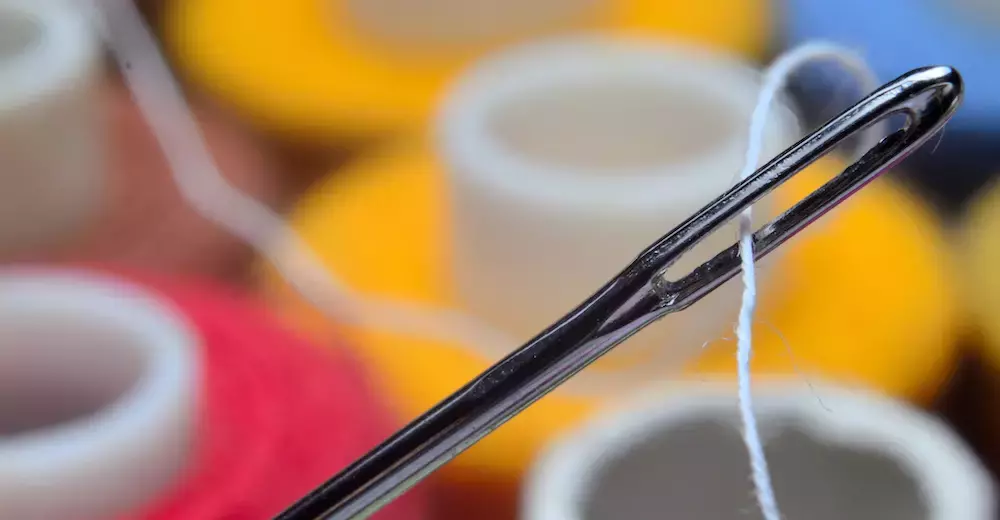Sewing Machine Needle Sizes: What Do the Numbers Mean?
2023-04-20
Sewing machines have many distinct parts that must work together to create a perfect stitch. Just like in handheld sewing crafts, the sewing needle is one of the most important devices in the sewing machine.
However, creating your desired finished product with your sewing machine isn’t as simple as loading in just any needle. There are multiple sizes and types of needles that are used for different sewing machine projects.
In order to learn how to differentiate between the different types of needles and choose the one you need, the first step is to understand what the numbers on sewing needle packaging truly mean.
How Are Sewing Machines Classified?
Sewing machine needles are classified by how thick and what they are meant to be used for. Thicker needles are better suited for thicker fabrics, while thinner needles are best for thin, delicate fabrics prone to tearing.
Some fabrics, such as leather and denim, need specialized needles to pierce through them. These needles will have unique tips and thicknesses to apply neat stitching to heavier materials. The numbers on the sewing needle packaging will tell you how thick the needle is and what purpose it should be used for.
How to Read Sewing Machine Needle Size Numbers
When you look at a package of sewing machine needles, you’ll see two numbers with a forward slash between them. The number on the left represents the needle’s size using the American grading system. The number on the right represents the same information according to the European grading system.
Needles that range from 8/60 to 10/70 are considered very fine and should be used for only the thinnest and most delicate fabrics. Needles that are rated 11/75 or 12/80 are standard lightweight needles that can be used for slightly denser materials. 14/90 and 16/100 are medium-weight and heavy-weight needles, respectively. 18/110 is very heavy, and 20/120 needles are used only on the thickest and heaviest fabrics.
A simple rule to follow is that the smaller the number, the thinner and more delicate the needle is. Sewing machine needles are designed to be interchangeable, so you can have multiple types on hand depending on the project you’re working on.
Which Sewing Machine Needle Should I Use?
The type of sewing machine needle to use depends on what kind of fabric you’re working with. Very thin materials like chiffon, silk, and lace should only ever be stitched with a very fine needle. Standard lightweight needles are built to handle slightly thicker synthetics like lycra and spandex.
Medium-weight needles can work with the widest range of materials. This can include cotton, linen, muslin, fleece, and quilting fabric. Heavyweight needles should be reserved for thick corduroy, denim, canvas, and leather.
Some heavier pieces of denim, faux fur, and upholstery fabric will need a very heavy needle. Most DIY sewists won’t need extra heavy needles, but they are sometimes necessary for particularly thick materials.
Before purchasing your sewing machine needles, ensure you’re buying from a dependable brand such as Singer or Dritz. Well-made needles tend to last longer than cheap alternatives. However, the thickness of your sewing machine needle will also determine how durable it is.
The amount of time you typically spend at your sewing machine will also make a difference in how long your needles last. If you’re at your machine for more than eight hours at a time, change out your needle often to prevent breakage or machine damage.
Before changing your sewing machine needle, refer to your machine’s instructions so you can make the switch correctly.
Get Your High-Quality Sewing Machine Needles and Other Accessories at GoldStar Tool
Perfect DIY sewing projects start with the right tools, and sewing machine needles are some of the most essential accessories for sewists. At GoldStar Tool, you can explore all the different types of needles and choose the right ones to suit your needs and interests. You’ll find a variety of other sewing machine accessories as well.





